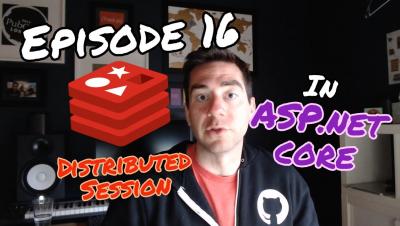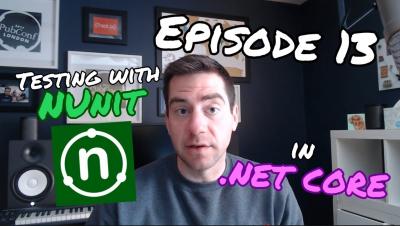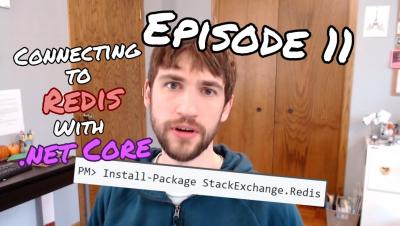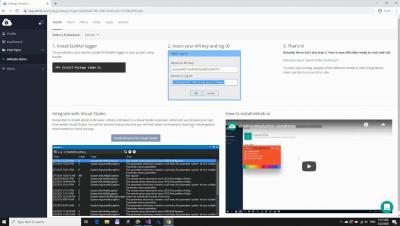Operations | Monitoring | ITSM | DevOps | Cloud
.NET
Episode 16: Using Redis for Distributed Sessions in ASP.NET Core
Parsing Query Strings in .NET Core
We recently needed to parse and modify some query strings while building Request Metrics. Query string parsing has never been pleasant in .NET, has it improved in .NET Core? We were familiar with HttpUtility.ParseQueryString() for the task, but that API has a major landmine. With the release of .NET Core, Microsoft took another swing at it. We figured we’d try the new way and see how they did! If you want the fully uncensored version, check out the video above.
Episode 13: Testing with NUnit in .NET Core
Episode 11: Connecting to Redis with .Net Core and C#
Query string parsing in .NET: The old way vs. the new, which is better?
Episode 9: Running ASP.NET Core Applications Using Systemd and Ansible
Episode 8: Configuring NGINX with Ansible to Support ASP.NET Core
elmah.io Introduction - Installation (2020)
.NET Developer Finds Latent Bugs with Prefix
Rostyslav Kosmirak is a .NET developer from Ivano-Frankivsk, Ukraine using Rider and Visual Studio IDE. Kosmirak was not looking for a Dynamic Code Profiler when he came across Prefix. Kosmirak explains that initially he was searching through Google for a log management system when he stumbled on Prefix. Upon downloading, Kosmirak discovered hidden performance problems in his code before they manifested to actual performance problems.











